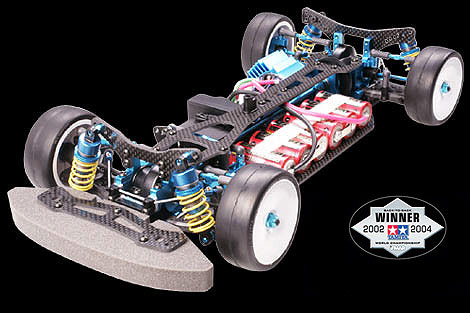Concept
After canceling the Skyline GT-R marquee in 1973, Nissan revived the GT-R again in 1989. At the time Nissan was competing in Group A Racing, with the 1988 Nissan Skyline GTS-R (a 2000 cc turbocharged RWD car). Nismo (Nissan's motorsport division) wanted to retire the GTS-R, in favour of a more competitive vehicle. The Nissan Skyline R32 chassis had just been designed, and was chosen as a base to build a more competitive Group A race car.
Nismo originally designed the new R32 Group A Skyline to have a 2350 cc Straight 6 turbocharged engine, and produce 600 horsepower (450 kW) using a RWD drivetrain. Under Group A regulations, a turbocharged engine must multiply its engine displacement by 1.7, putting the new Skyline in the 4000 cc class, and requiring the use of 10-inch-wide tires. Knowing that they would be required to use 10-inch-wide tires, Nismo made the decision to make the car all wheel drive. Nismo developed a special motorsport-oriented AWD system for this purpose called the ATTESA E-TS Pro. Although this assisted with traction, it made the car 100 kg heavier, and heavier compared to other cars in the 4000 cc class. Nismo then made the decision to increase the displacement to 2600 cc, and put the car in the 4500 cc class, with the car's weight near-equal to competing cars. The 4500 cc class also allowed for 11-inch-wide tires.
Production
This new 2.6L all wheel drive concept, designed by Nismo, was put into production by Nissan as the R32 Nissan Skyline GT-R. Initial production of the car was the required 5000 to allow for homologation starting on May 22, 1989 which with critical acclaim by the motoring press along with heavy demand for the car, Nissan opted to allow an unlimited production run which went on sale to the public in August 1989, and began its Group A campaign in 1990. Due to strict Group A homologation rules, Nissan was required to also sell a series of the Skyline GT-R which more accurately reflected the car they use in Group A racing. This series was called the Skyline GT-R 'Nismo' edition.
The Skyline GT-R 'Nismo', introduced in February 22, 1990, has a total production of 560 units as required for the "Evolution" models regulation (over 500). Its purpose is to homologate a number of aerodynamic changes used in Group A racing. Changes include additional ducts in the front bumper to improve airflow to the intercooler, a bonnet lip spoiler to direct more air into the engine bay, and an additional boot lip spoiler to provide more downforce. The 'Nismo' GT-R was only available in Gunmetal Grey.
The Skyline GT-R 'N1' model, introduced on July 19, 1991, was designed for home-market N1 racing with a total of 228 units produced. The most notable change was in the engine, which was upgraded to the R32-N1 specification. The car was also lightened by the removal of the ABS, air conditioning, sound system, rear wiper, trunk carpet, and the use of light-weight headlights. No colour options were available and all 'N1' cars were delivered with a thin layer of Crystal White paint.
To celebrate the success of the GT-R in both Group N and Group A racing, Nissan introduced the Skyline GT-R V-Spec ("Victory Specification") car on February 3, 1993. The V-Spec added Brembo brakes and a retuned ATTESA E-TS system to the Nismo and N1 packages, as well as 17" BBS wheels with 235/45/17 tires. The V-Spec has a list price of ¥ 5.260 million.
Finally on February 14, 1994 the Skyline GT-R V-Spec II was released, with the only change being wider 245/45/17 tires. Total production of the V-Spec I and II was 1,453 and 1,303 units respectively.
Total production of the R32 Skyline GT-R was 43,394 units, with production starting on May 22, 1989. An above average proportion of the GTR's were sold in white, this is likely due to the fact that white is the national racing colour of Japan in international motorsport.
Production Figures
Standard Cars = 40,390
NISMO Group A Evolution = 560
V-Spec = 1,453
V-Spec II = 1,303
N1 Race Version = 228
Total = 43,934
Wednesday, 7 November 2007
1989–1994 (R32)
Subscribe to:
Post Comments (Atom)








No comments:
Post a Comment